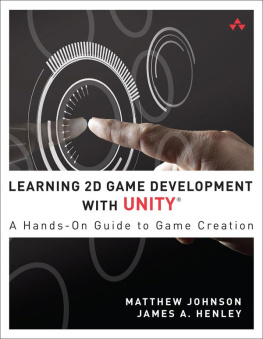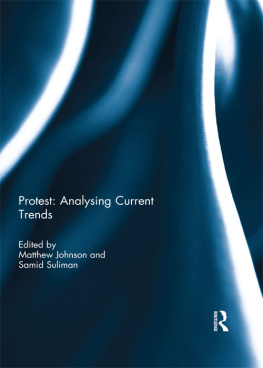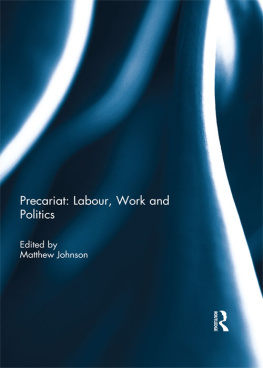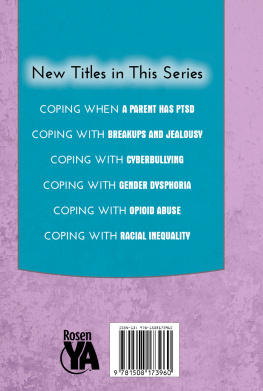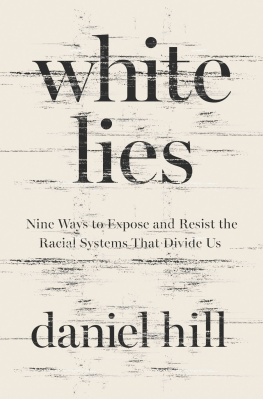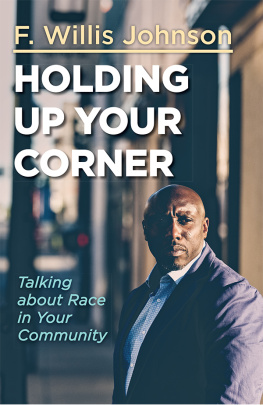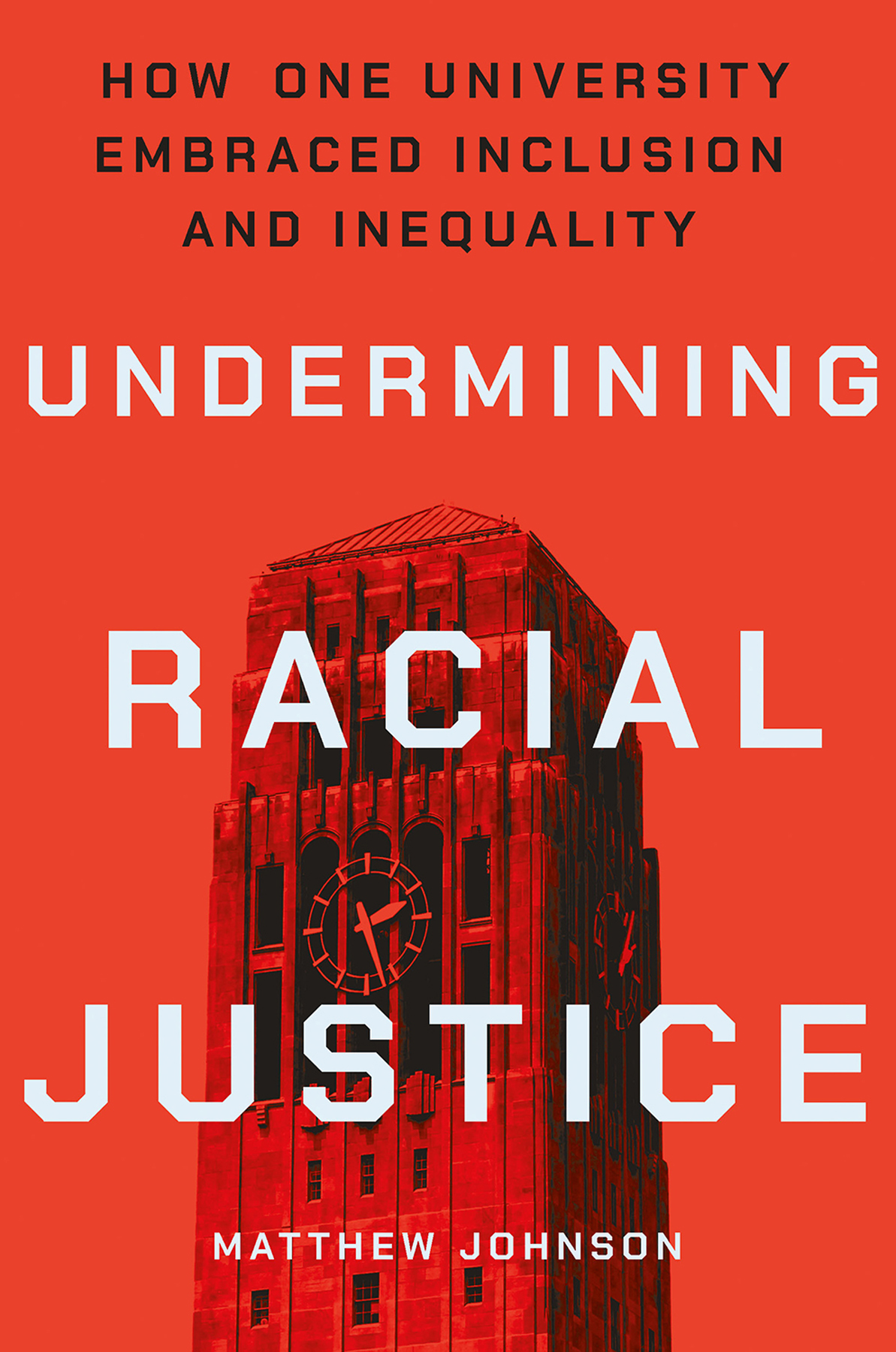Introduction
Preserving Inequality
There has never been a racial justice revolution in higher education. Beginning in the 1960s, black campus activists and their allies occupied buildings, but they never captured or seized control of universities and colleges; administrators never let that happen. Over the last sixty years, campus leaders embraced racial inclusion only so far as it could coexist with long-standing values and priorities created in an era when few black students had access to elite universities. Racial inclusion initiatives, then, helped bring unprecedented access to a new generation of black students, but they also reinforced and normalized practices and values that preserved racial disparities. In other words, administrators responded to black campus activists by making racial inclusion and inequality compatible.
I tell this story as it played out at the University of Michigan. Since the 1960s, UM has gained national recognition for its racial inclusion programs. University and college leaders from around the country began visiting Ann Arbor because they saw UM as a model of inclusion. For the same reason, opponents of affirmative action and racial sensitivity training targeted UM in op-eds, books, and lawsuits. Given UMs reputation, it was no surprise when the university found itself at the center of two of the most famous affirmative action lawsuits of the twenty-first century: Gratz v. Bollinger and Grutter v. Bollinger (2003). In the eyes of black students, though, UM has never represented a model of racial inclusion. Black students share of the student body has never matched blacks share of the state or national population, and the majority of black students have never reported satisfaction with the universitys racial climate. Nevertheless, black students critiques never stopped UM leaders from claiming that racial inclusion was one of the universitys core values. This book explains why.
I argue that institutional leaders incorporated black student dissent selectively into the University of Michigans policies, practices, and values, while preventing activism from disrupting the institutional priorities that campus leaders deemed more important than racial justice. This book, then, pays special attention to what administrators were trying to preserve in the face of activism. First and foremost, administrators wanted to sustain the universitys elite status and preserve a system that measured institutional quality by the merit and qualifications of its student body. Second, university leaders wanted to preserve their goal of creating a model multiracial community on campus. That might not sound like a problematic priority, but the way administrators tried to engineer this multiracial community led to social alienation and high attrition rates for black students.
I use the term co-optation to describe the process of selectively incorporating activism, while preserving long-standing values and priorities. One of the goals of this book is to uncover the repertoires of co-optation. Scholars of social movements recognize that activists rely on repertoiresbasically, a toolbox of tactics that activists recognize as useful and often draw on. Its one reason that protests usually look similar. This book reveals how university officials developed their own repertoires to co-opt activism. These repertoires changed over time, but a select group of tools reappear throughout much of this book.
First, university officials used a discourse of racial innocence to justify racial disparities and a poor racial climate. Black activists tried to get administrators to see these problems as symptomatic of institutional racism, but university leaders never adopted this activist framework. Instead, administrators preferred to see the university as a victim. In their eyes, UM was caught in a racist society that made it almost impossible to meet many of black activists demands. They claimed that racism unfolding outside the campus walls created racial disparities on campus and produced the white students who hurled racist remarks at black students. Administrators had the best interests of black students at heart. Activists couldnt expect officials to overcome all these obstacles, administrators argued. This perspective helped rationalized the universitys policies, which contributed to the inequality on campus and helped officials resist black activists most powerful demands.
Second, executive administrators built an inclusion bureaucracy to channel activism into institutional offices and control the outcomes of dissent. Beginning in the late 1960s, administrators created an unprecedented number of positions, most of them filled by black officials, meant to respond to activists demands. Administrators hoped that black students would abandon protest and work for change within bureaucratic channels alongside black officials. Campus leaders, though, rarely gave these new black officials the power and resources to implement new programs independently. White administrators had to approve and fund any proposal; this allowed campus leaders to exercise influence over the character of inclusion, moving dissent into a bureaucracy they could control.
Third, university administrators selectively used institutional knowledge about black students when crafting racial inclusion policies. Beginning in the 1960s, various groups fought over who could interpret black students experience on campus. Social scientists, admissions officials, black staff members, and black students all tried to offer their own analysis of everything from black students academic performance to their social environment. An important tool in maintaining control over inclusion, campus leaders found, was controlling who could offer legitimate forms of knowledge about black students. The groups they chose changed over time, as campus leaders sought out knowledge that could support their priorities and policy goals.
Finally, discipline became a key part of co-optation. Since the 1960s, the most confrontational protests have been the most effective in producing change at UM. These protests have also invited the harshest disciplinary methods. While administrators created institutional reforms in response to activism, they also took steps to deter confrontational protests by threatening to expel or criminally prosecute activists. For co-optation to work, administrators needed to exercise as much control as possible over the character of reform. The less administrators had to worry about dissent, the more control they had over racial inclusion.
Emphasizing the coercive process of co-optation raises important questions about intent. Did UM officials co-opt black student activism with the specific intent to perpetuate racial inequality? The simple answer is no. None of the university officials covered in this book since the 1960s fit well into the conventional backlash narrative, which focuses on the people who resisted the black freedom movement because of racial animus and a desire to protect white privilege. The most powerful UM administrators expressed sympathy for racial equity. In an ideal world, they wanted black students representation on campus to match blacks representation in the state population. They wanted black students to perform well in the classroom and thrive socially on campus. At times, this sympathy made it easier for activists to win concessions. After reading thousands of pages of correspondence among UM leaders, its clear that administrators would have celebrated a student body that reflected the racial demographics of the state of Michigan and a racial climate that made black students feel welcomebut only if that happened on administrators terms.


